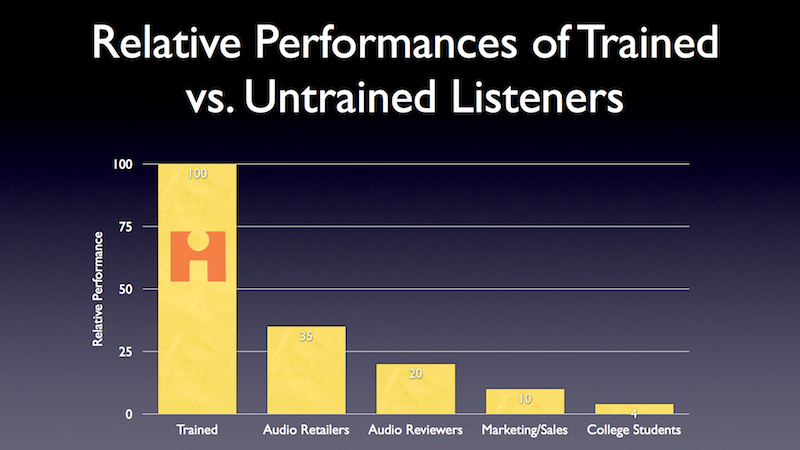Benesyed
Active Member
- Joined
- Jan 15, 2023
- Messages
- 111
- Likes
- 94
If people could choose between a Caldera without EQ and one EQed to Harman, a large majority would prefer the Harman one. This research has been done and there are no serious doubts about this. You always make the same argument that preferences vary and so on, but it is simply not true, you either don't know or acknowledge sufficiently the research. This is also largely independent of age, origin, gender and training. That many people buy your phones says nothing about their sound quality, Beats by Dr. Dre were a massive success as well ( I guess a tiny bit larger success even).
I'm not sure the exact FRC of the Caldera was compared to Harman. I would need to see what was actually compared and how.
Would be interesting to see who preferred what.
Tbh it would also be good experimental design to have can't tell the difference/no strong preference as an option. And maybe have 3 headphones, 2 the same, one different to actually assess if people could reliably tell things apart...

